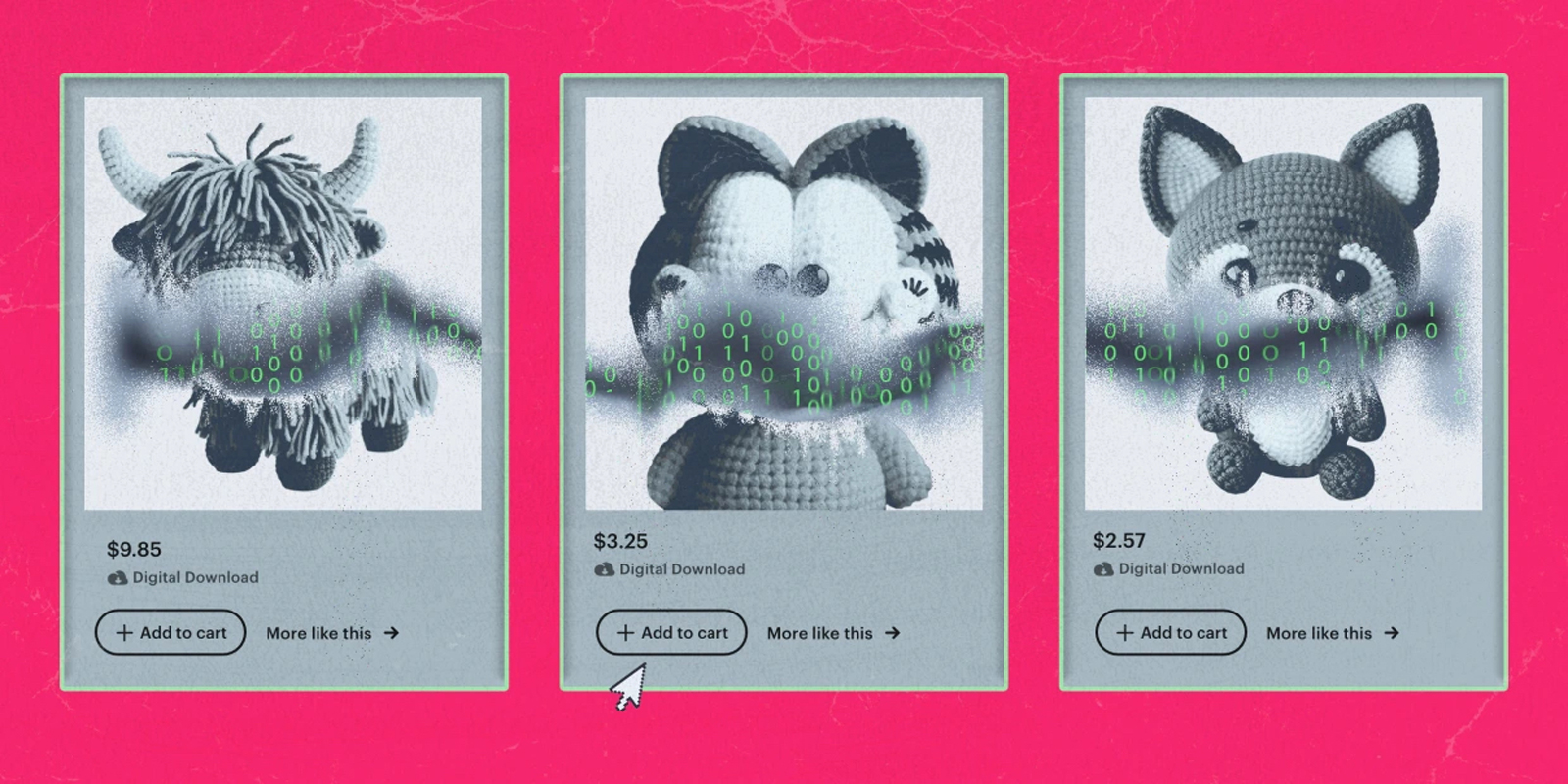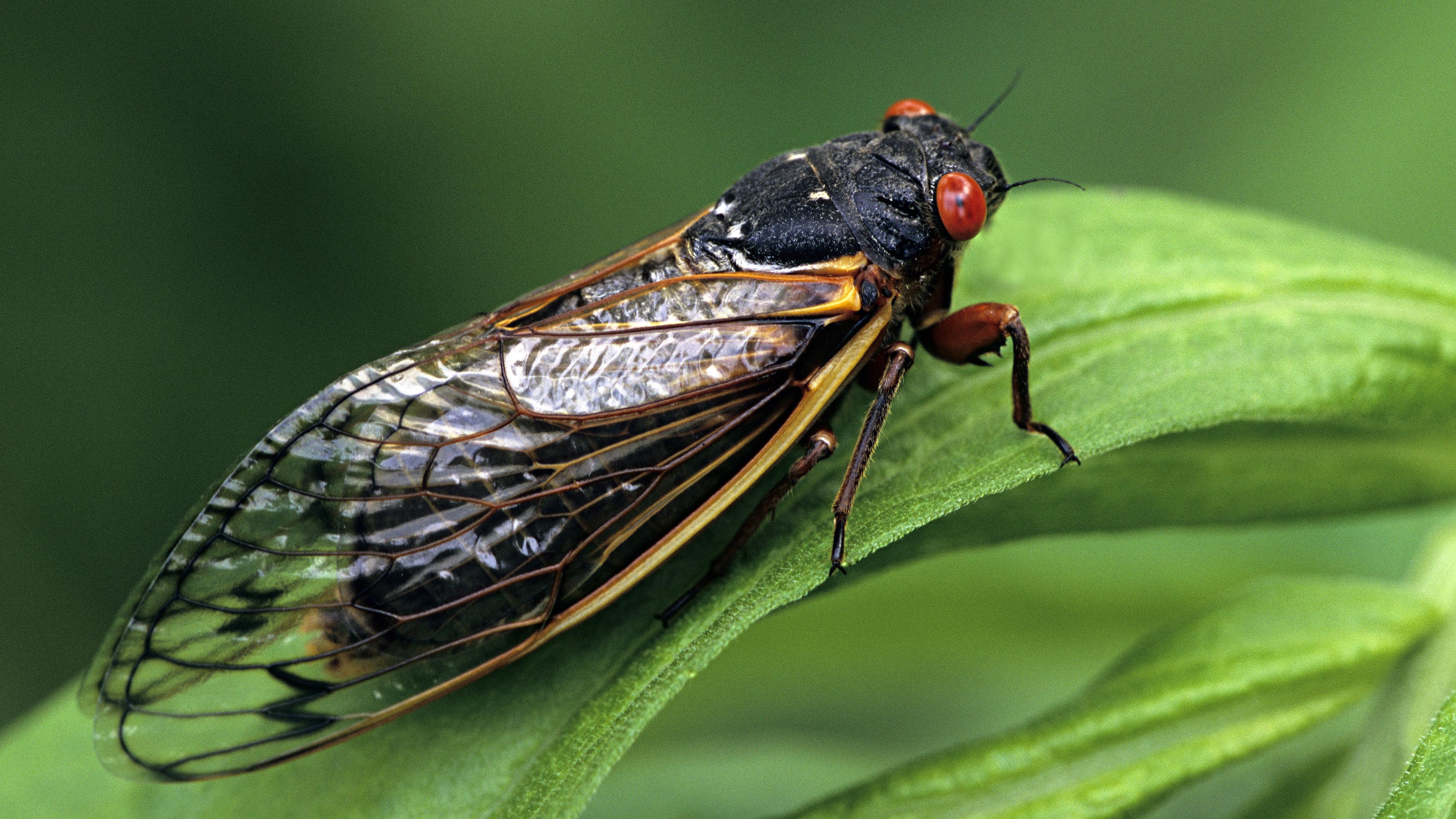Cash is king in the marijuana debate.
Forty years ago, the legalization movement focused on the drug’s safety and growing social niche. Today, with many states suffering major fiscal problems, reform advocates argue that the combined savings of money spent on prohibition and untapped tax revenues would help relieve many a fiscal crisis.
The economic argument for legalization is that it is cheaper for the government to deter consumption with a higher tax than with law enforcement.
In his study, “The Budgetary Implications of Marijuana Prohibition”, Harvard Economics Professor Jeffrey Miron estimates that legalization would save $13.7 billion per year in government expenditure on enforcement of prohibition, $10.4 billion would accrue to state and local governments, and $3.4 billion to the federal government.
He also estimates that legalization would yield tax revenue of $6.4 billion annually if marijuana were taxed at rates comparable to those on alcohol and tobacco. (See full interview). Other estimates are higher.
Though alcohol and tobacco are not taxed at the same rate, Miron estimates that the sin or excise tax rate would be 50 percent.
“I’ve tried very hard not to assume a tax rate that looks as though its just going to drive the market back underground, because then of course then you’re just going to get zero,” Miron says.
U.S. & World
To determine the tax structure of a legal marijuana industry, you need to look at alcohol, says Bill Ahern, Director of Policy and Communication for the Tax Foundation in Washington. For starters, alcohol, unlike tobacco, was once illegal in the U.S.
“Coming out of prohibition, the states basically laid claim to the business," says Ahern. "They said well if we are going have alcohol legal, we’re going to control the sale of it in the state, either with much stricter regulations than we have with anything else or by outright running the industry.”
Right now, 16 of the 50 states are so called “control states”, in which there is a department of state government that sells liquor.
In Maryland, for example, the alcohol business is privately run, but the state generates revenue through hefty license fees. In addition, customers pay tax at the retail level, or, as is most often the case, the tax is levied when the store buys from the wholesaler.
On the other hand, Virginia has neither income source. Instead, the government buys liquor from the world’s manufacturers and resells it to its citizens. Whatever profit they have running that business, is their revenue. In Virginia, prices are set by the Alcoholic Beverage Control Board and liquor stores are called ABC stores. If marijuana were to be folded into the equation here, the stores would be run by the Alcoholic Beverage Control and Marijuana Board, Ahern suggests.
The Marijuana Policy Project, MPP, believes taxing and regulating marijuana like alcohol is the best way to set up the industry, with government setting sales tax rates.
“Marijuana is the largest cash crop in the county," says the MPP's Mike Meno. "It is a 36-billion dollar a year industry, bigger than corn and wheat combined. The notion that our largest cash crop should go untaxed and unregulated, especially in such tough economic times, is nothing short of insane,” he says.
“States are desperate for revenue right now because we are coming out of a recession," Ahern. "And in some states, like California, where they are pushing for legalization already, the public finance aspect and potential tax revenue is a major motivator."
The Tax Foundation estimates that in the 2009 fiscal year, Maryland and Virginia collected $29.2 million and $180.1 million, respectively on alcoholic beverage sales. Florida’s collections totaled $590.4 million, California's $323.9 million.
Taxation, however, is a bit of a science and can succeed or fail, based on consumer behavior.
Some say anything more than the usual retail sales taxes will backfire.
“I don’t think we want to apply a special tax because that will just fuel a crime-plagued black market as it has with cigarettes," says Chris Edwards of The Cato Institute.
If you have a tax level on a product that is prohibitive, you are creating a black market or smuggling opportunity, says Ahern. Compound that with the fact that marijuana is lightweight and compact and easy to smuggle like tobacco.
As a result, one state could easily lose revenue to other ones with a significantly lower tax rate. The tax on tobacco, for example, is 7 cents per pack in South Carolina and $4.25 in New York.
More broadly, if the goal of legalization is to make it profitable for legally-run companies and state and local governments, not the same criminals, states will have to be mindful of these considerations.
In addition to the states, the federal government also imposes a tax on alcohol.
According to the Alcohol and Tobacco Tax and Trade Bureau, beer is taxed at $18 per barrel (31 gallons), wine that is 14-percent alcohol at the rate of $1.00 per gallon, and distilled spirits at the rate of $13.50 per proof gallon. In a legal marijuana industry, the federal government would get a piece of the pie, based on something resembling that equation.
The other consideration in terms of new revenue for the government is the income tax on the new jobs that a legal industry would create.
Ahern and Edwards, however, believe employment is unlikely to be a significant factor. New hires at legal marijuana companies will likely be people who were previously employed in other industries.
Jobs no, revenue yes. And that could tip the scales of justice.
"It is relevant now," says Miron. "Like ending alcohol prohibition in the 1930s."
This article is part of a series originally published on CNBC.com



